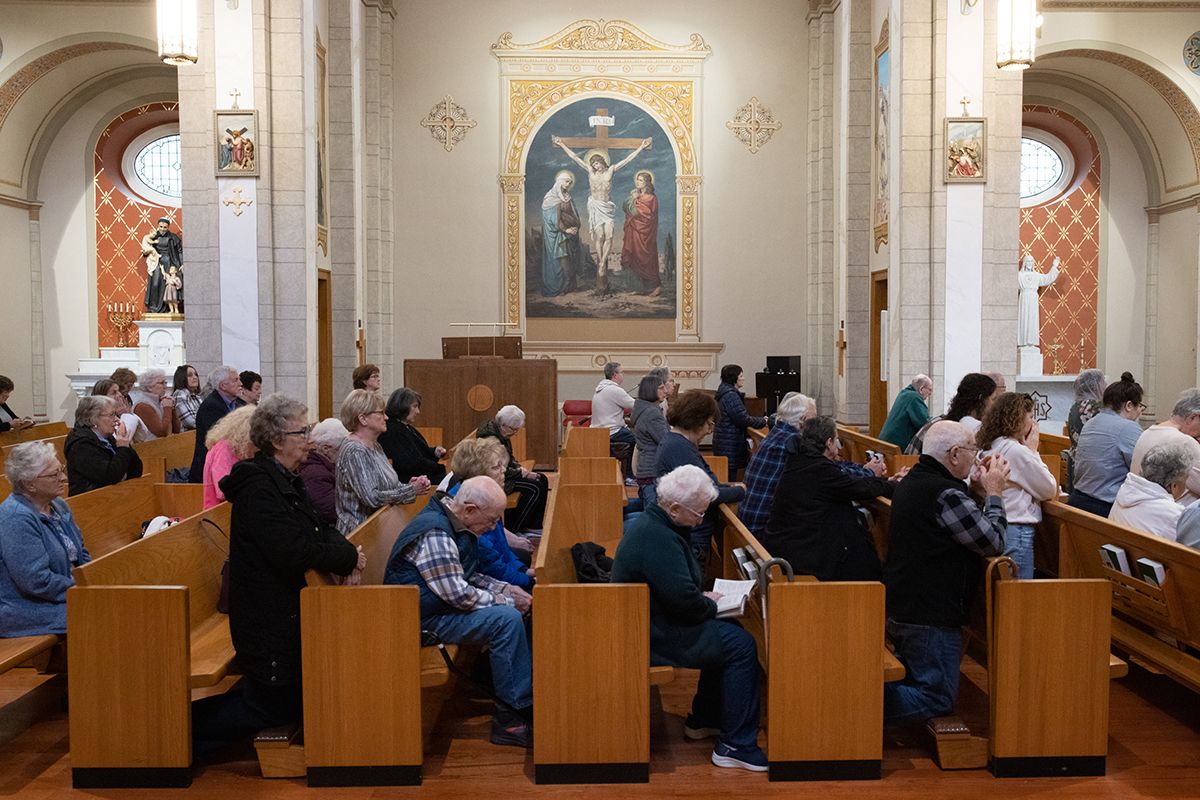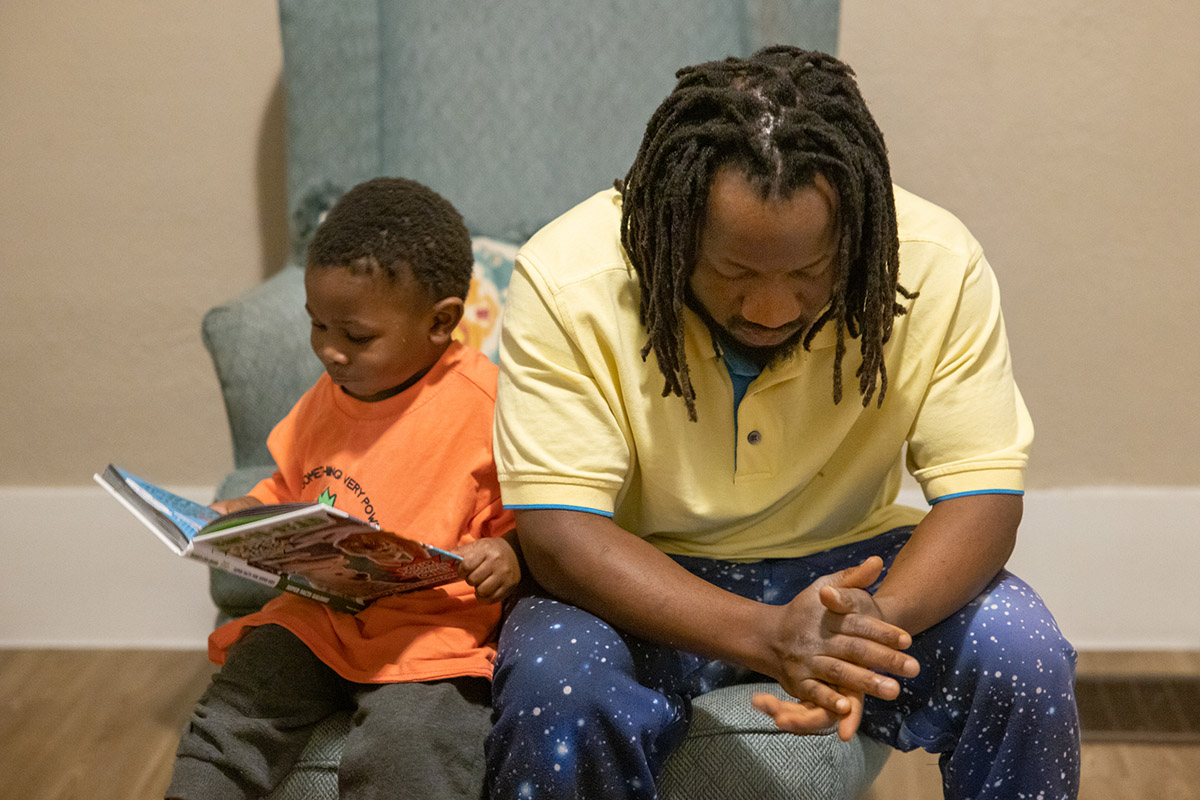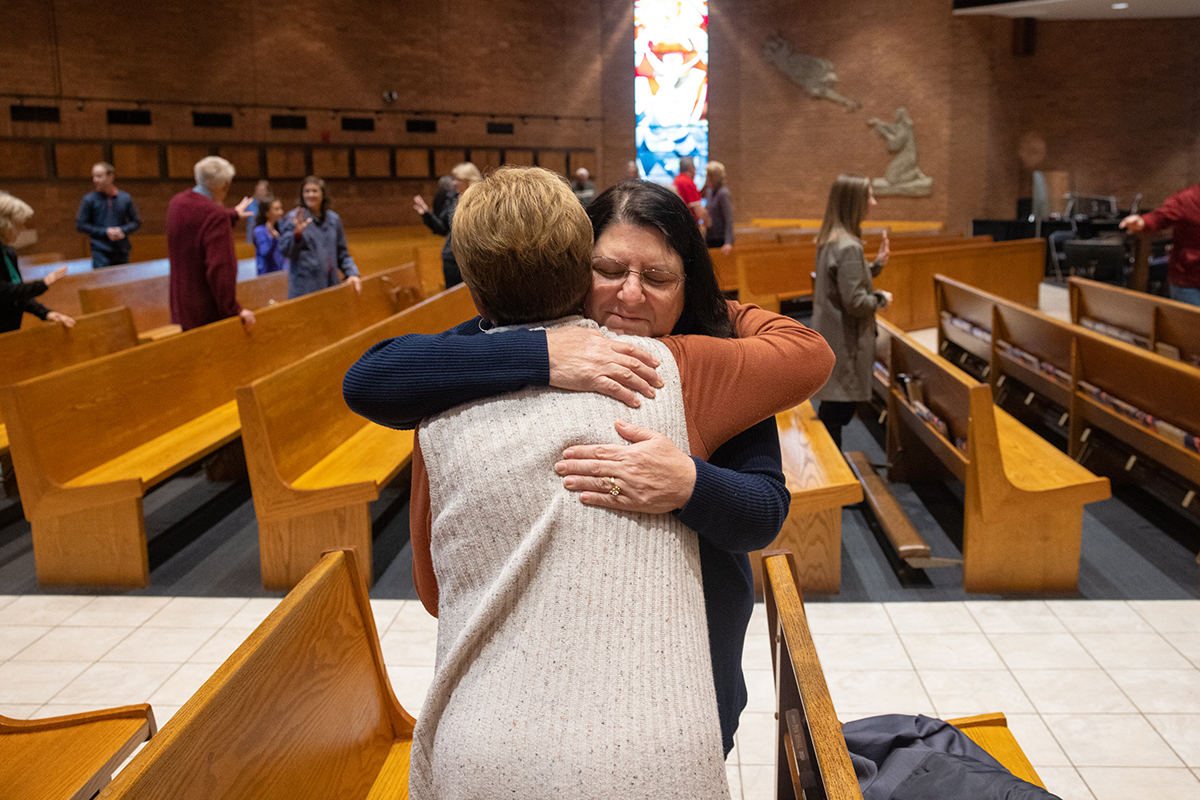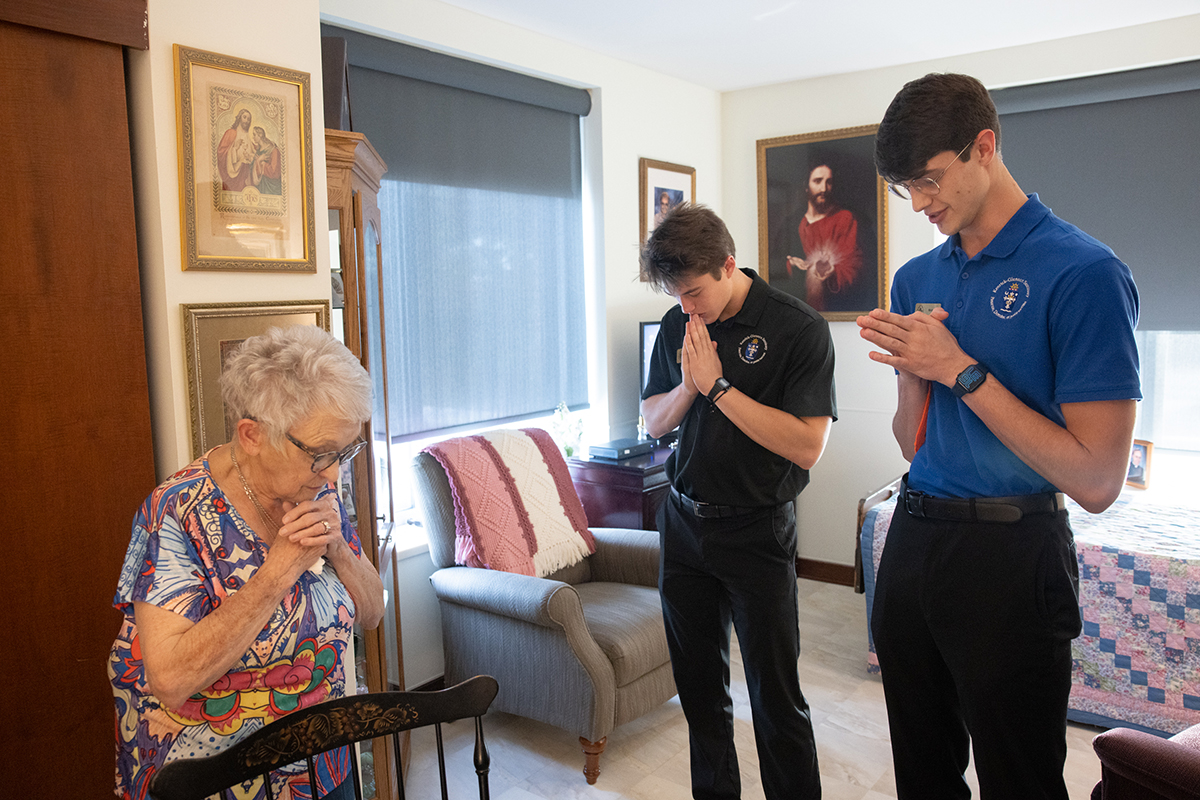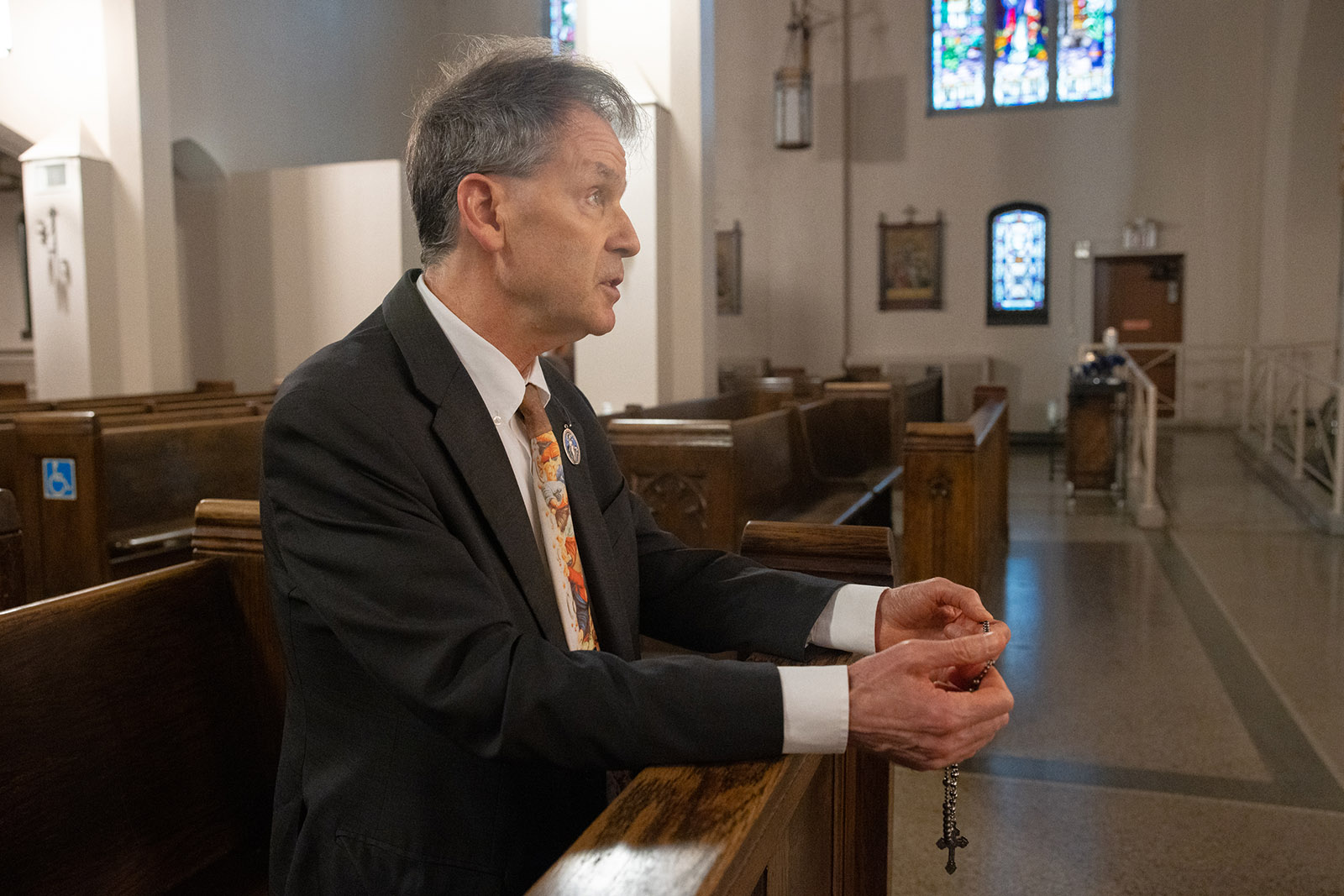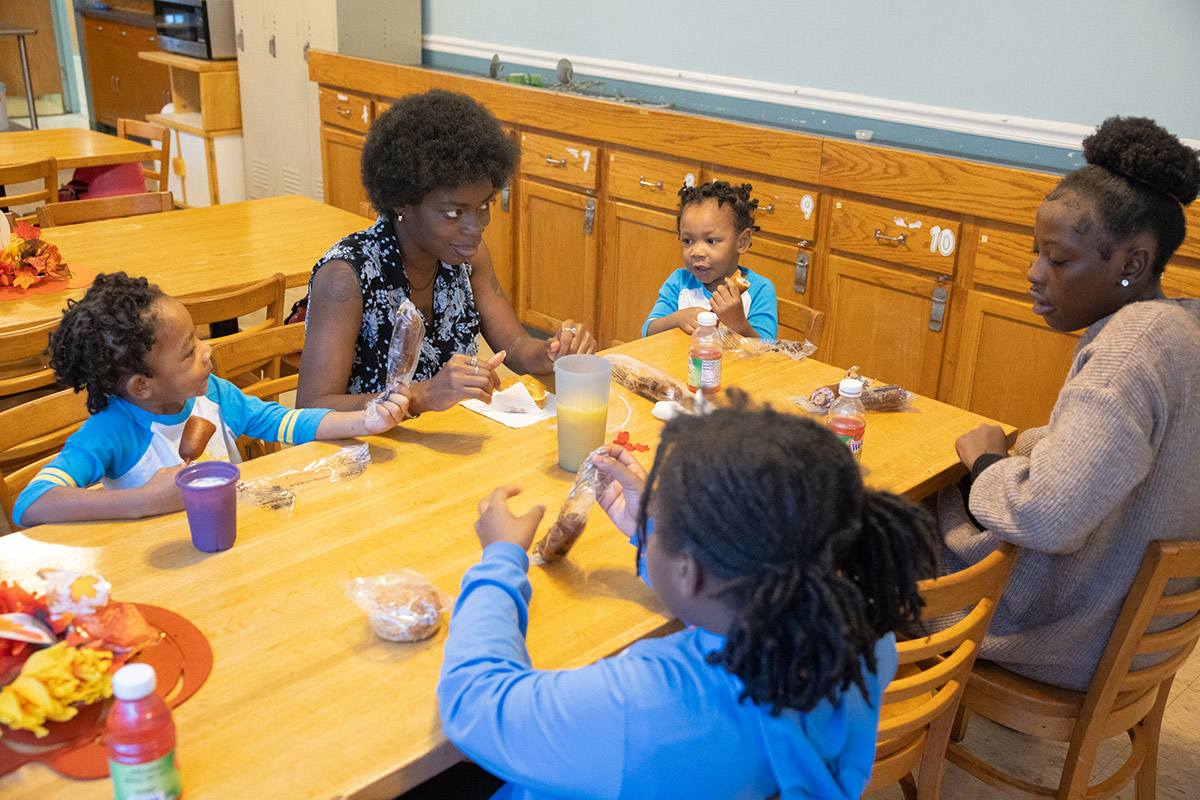Rolling away our tombstones at Easter is an opportunity to see the presence of the Christ in our midst
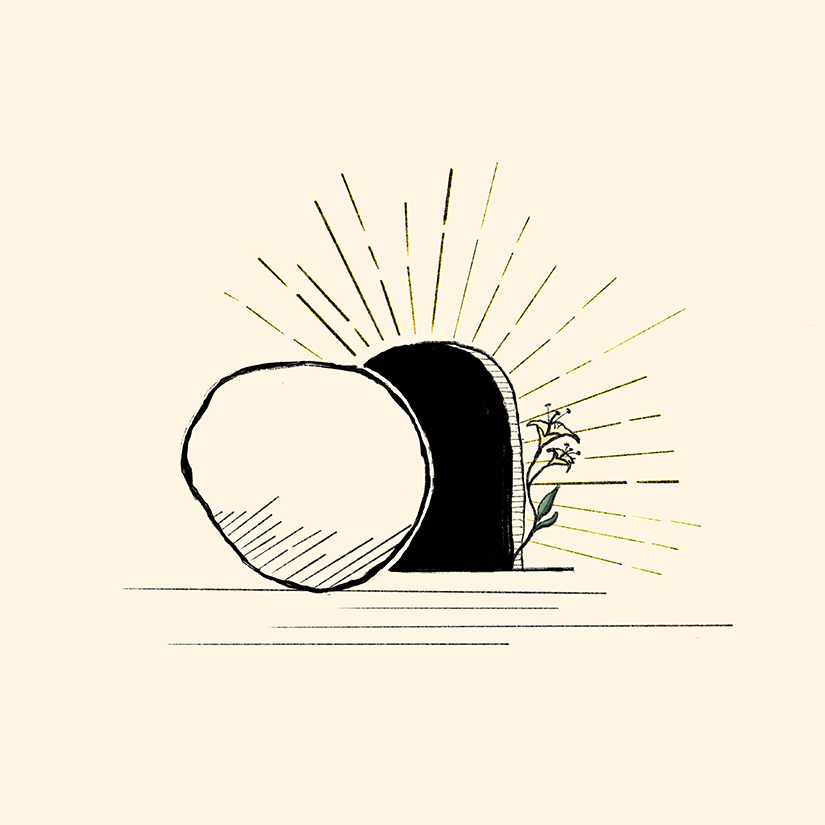
Human history does not end before a tombstone, because at Easter, we encounter the ‘living stone’
How do we better understand the resurrection of Jesus at Easter?
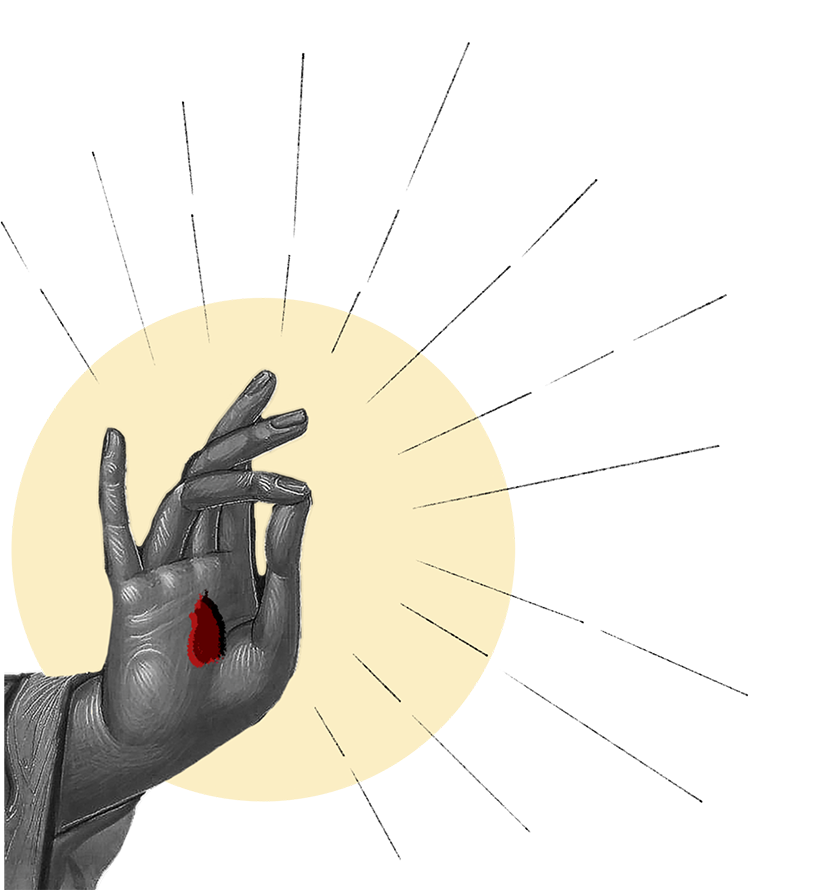
The answer lies in what God is saying to us about Himself through His suffering, death, and ultimately, His resurrection, said Sister Kathryn Hermes, a Daughter of St. Paul, who is based at the sisters’ motherhouse in Boston. Sister Kathryn is the author of several books dealing with topics such as depression and dealing with struggles in life. She also is the founder of HeartWork, a Catholic spiritual growth and personal development program.
When we think of suffering, we talk a lot about personal experiences, especially as it has related to the events of the past year, she said, such as difficulty accessing the COVID-19 vaccine, or people who have lost loved ones to the virus. But perhaps another way to look at how Jesus suffered — and ultimately what came next with His resurrection — is through the perspective of our Lord and His encounters with others.
In his homily at the Easter Vigil in 2019, Pope Francis said: “Easter, brothers and sisters, is the feast of tombstones taken away, rocks rolled aside. God takes away even the hardest stones against which our hopes and expectations crash: death, sin, fear, worldliness. Human history does not end before a tombstone, because today it encounters the ‘living stone’ (1 Peter 2:4), the risen Jesus.”

“When we read about Jesus encountering someone, it actually is a resurrection,” Sister Kathryn said. “With the woman caught in adultery, Jesus’ experience with her is one of mercy, respect and love. That was for her, a resurrection. These resurrections that we celebrate at Easter are brought about in our lives every day. God brings the power of His fidelity to us in our specific situations.”
Those who encountered Jesus, as shared in the Scriptures, rolled away their own tombstones and moved into the light of the truth of who God is and who they really are, Sister Kathryn said. “There are so many things in life we regret, and that can fill us with a sense of sorrow. But those are in a sense lies that Satan convince us of … I can’t trust myself, I’m no good, God is not on my side, God will not be there when I need Him.”
Through our encounter with Jesus at Easter, “we’re allowing God to roll away the stones. We’re being called into the light, and to the truth we find in the Scriptures,” she said.
“I love you, LORD, my strength, LORD, my rock, my fortress, my deliverer, My God, my rock of refuge, my shield, my saving horn, my stronghold! Praised be the LORD, I exclaim! I have been delivered from my enemies” (Psalm 18:2-4).
“The resurrection experiences of our lives are represented in the Gospel. Living together, we have woven a garment of sorrow, and we have been made to believe lies about ourselves and God. But God resurrects us with truth, calls us out of the darkness and into the light of truth.”
Embrace the Easter Season

The Church helps people understand Easter through the Resurrection narratives read throughout the 50 days of the Easter season, up until Pentecost.
It’s personal, according to Father Mark Wedig, president and professor of liturgical theology at Aquinas Institute of Theology in St. Louis. That’s because the Easter narrative involves embracing the true nature of the paschal mystery — the life, death and resurrection of Christ — as it enters our own lives.
It begins at Easter with the stark narratives at the empty tomb, with Mary Magdalene and the other apostles standing before the tomb in wonder, discovering the risen presence of Christ. The rolling back of the stones “is a way to

discover the presence of the Christ in our midst when we are ourselves facing the starkness and emptiness of life in many ways,” Father Wedig said.
The readings during the Easter season such as Road to Emmaus, the appearance of Jesus in the Upper Room and more, “all have to do with the great mystery of the Church on the other side of Jesus’ death, discovering His presence amidst them,” Father Wedig said. “It was in many ways a fearful and in some ways a stark experience of the Church to come to know His presence ever more fully in their lives on their road to salvation. And in the context of the breaking of the bread in the Eucharist, they come to see and experience the presence of the risen Lord very tangible and manifest in their lives.”
Broaden horizons
Pope Francis draws a parallel between tombstones and Jesus as a living stone. “It’s an interesting reminder that what looks like death can actually be resurrection,” said Jesuit Father David

Paternostro, a doctoral student at Saint Louis University who has served in parishes and as a high school theology teacher. At first, even His own followers don’t quite believe what they’ve seen. “They see an empty tomb and they assume death,” Father Paternostro said.
It can be an invitation when people think of the sufferings and struggles they undergo. “Are we being presented with a tombstone or a living stone?” Father Paternostro asked.
A living stone, he said, calls people to new life, broadens their horizons and makes their hearts more tender. “That’s really the difference between a tombstone, utter failure, and a living stone of Jesus.”
People feel alone in coping with the pandemic this past year. Father Paternostro recommends people look around to see who they can accompany, give hope to and be more thoughtful about, providing them with the image of the living stone.
How do we better understand the resurrection of Jesus at Easter? Photo Credits: Graphic by Abigail Witte The answer lies in what God is saying to us about Himself through … Rolling away our tombstones at Easter is an opportunity to see the presence of the Christ in our midst
Subscribe to Read All St. Louis Review Stories
All readers receive 5 stories to read free per month. After that, readers will need to be logged in.
If you are currently receive the St. Louis Review at your home or office, please send your name and address (and subscriber id if you know it) to subscriptions@stlouisreview.com to get your login information.
If you are not currently a subscriber to the St. Louis Review, please contact subscriptions@stlouisreview.com for information on how to subscribe.

